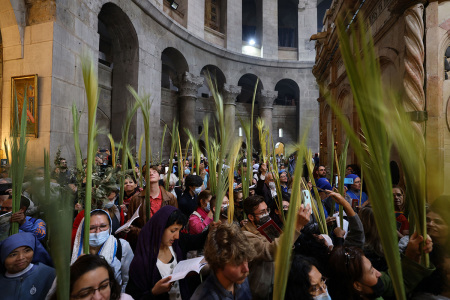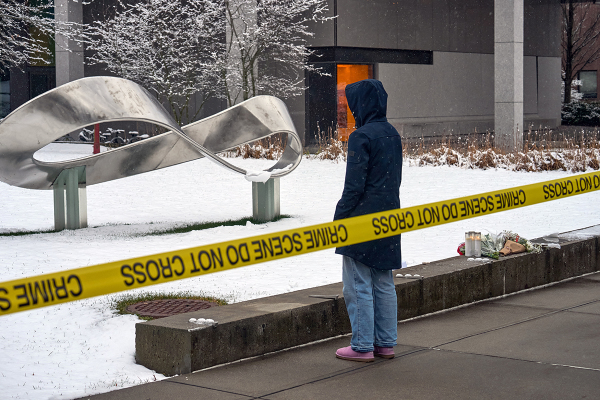What is Holy Week and what does each day symbolize?

Palm Sunday
The beginning of Holy Week is Palm Sunday, the Sunday before Passover, and commemorates when Jesus rode into Jerusalem on a donkey. The Jews waved Palm branches and exclaimed: "Hosanna to the Son of David! Blessed is he who comes in the name of the Lord! "Hosanna in the highest heaven!"
As Matthew's Gospel records in Chapter 21, that Jesus rode into the Holy City on a donkey is a fulfillment of prophetic scriptures in Zechariah 9:9:
"Say to Daughter Zion,
'See, your king comes to you,
gentle and riding on a donkey,
and on a colt, the foal of a donkey."
The thinking among the Jews was that Jesus was a political liberator who would free them from Roman oppression.
The name of the day, Palm Sunday, is derived from the tradition of using palm fronds in reenacting Jesus Christ's arrival in the Holy City.
Many Christian traditions use palm leaves as part of a procession into church for Palm Sunday services, leaves which are later burned and the ashes used for Ash Wednesday services the following year.
Palm branches are known for being a sign of peace and were thrown at Jesus' feet when he entered Jerusalem.
Luke's Gospel notes that others laid their garments down for the donkey on which Jesus rode to walk on, a gesture which, as Theopolis Institute President Peter J. Leithart wrote at First Things, was "an act of homage, an ancient version of the red-carpet treatment."
"Clothes make the man, so laying down a robe before a king is a symbolic prostration. The crowds elevate Jesus on the shoulders of their discarded robes."
The laying down of robes occurs only one other time in the Bible. In 2 Kings 9:13, the prophet Elisha's servant anoints Jehu who oversaw the killing of the wicked queen Jezebel. He summarily announces that he has been anointed king. Jehu's fellow soldiers remove their garments, placing them beneath him on the bare steps, blew a trumpet and said, "Jehu is King."





















